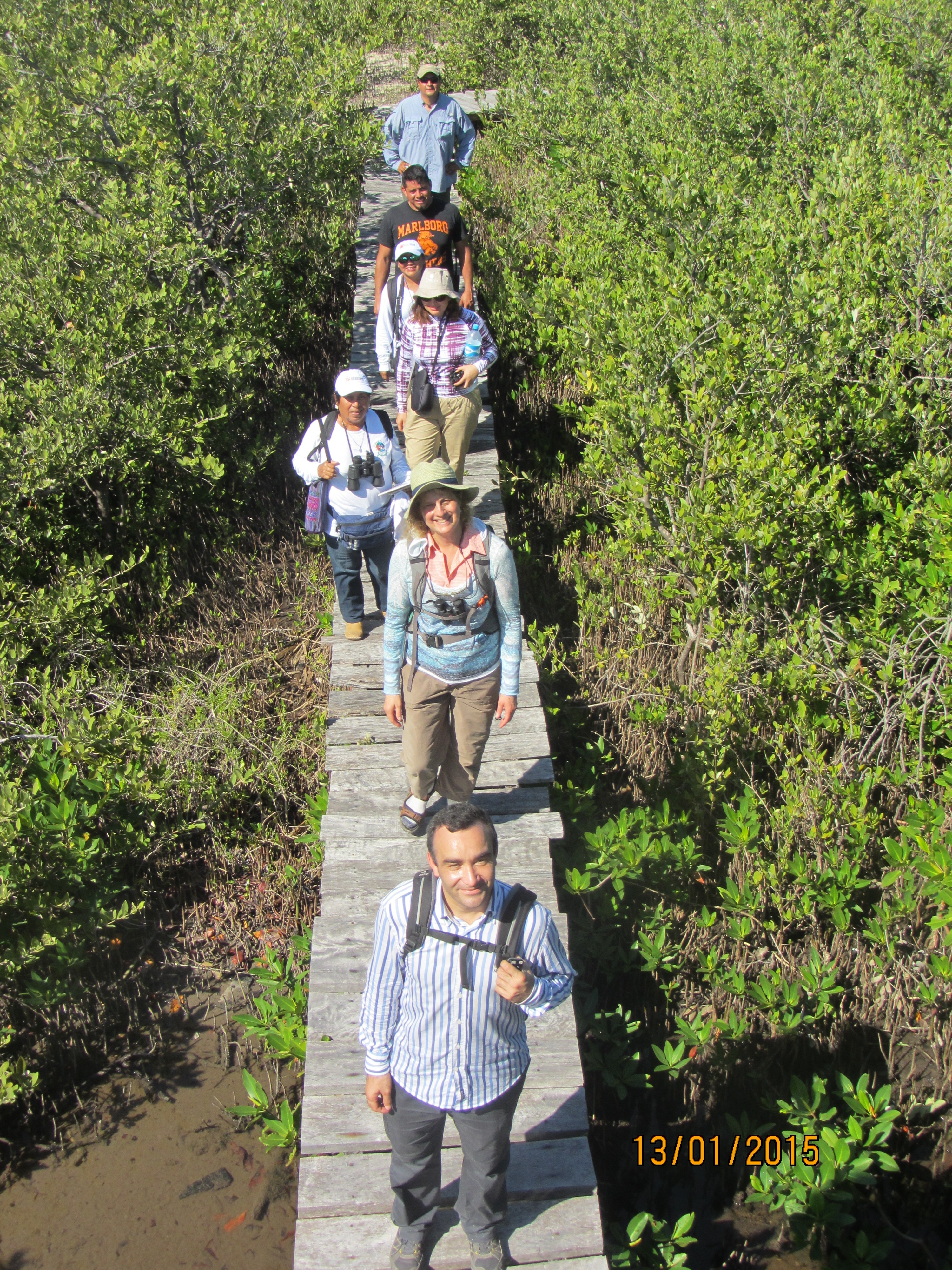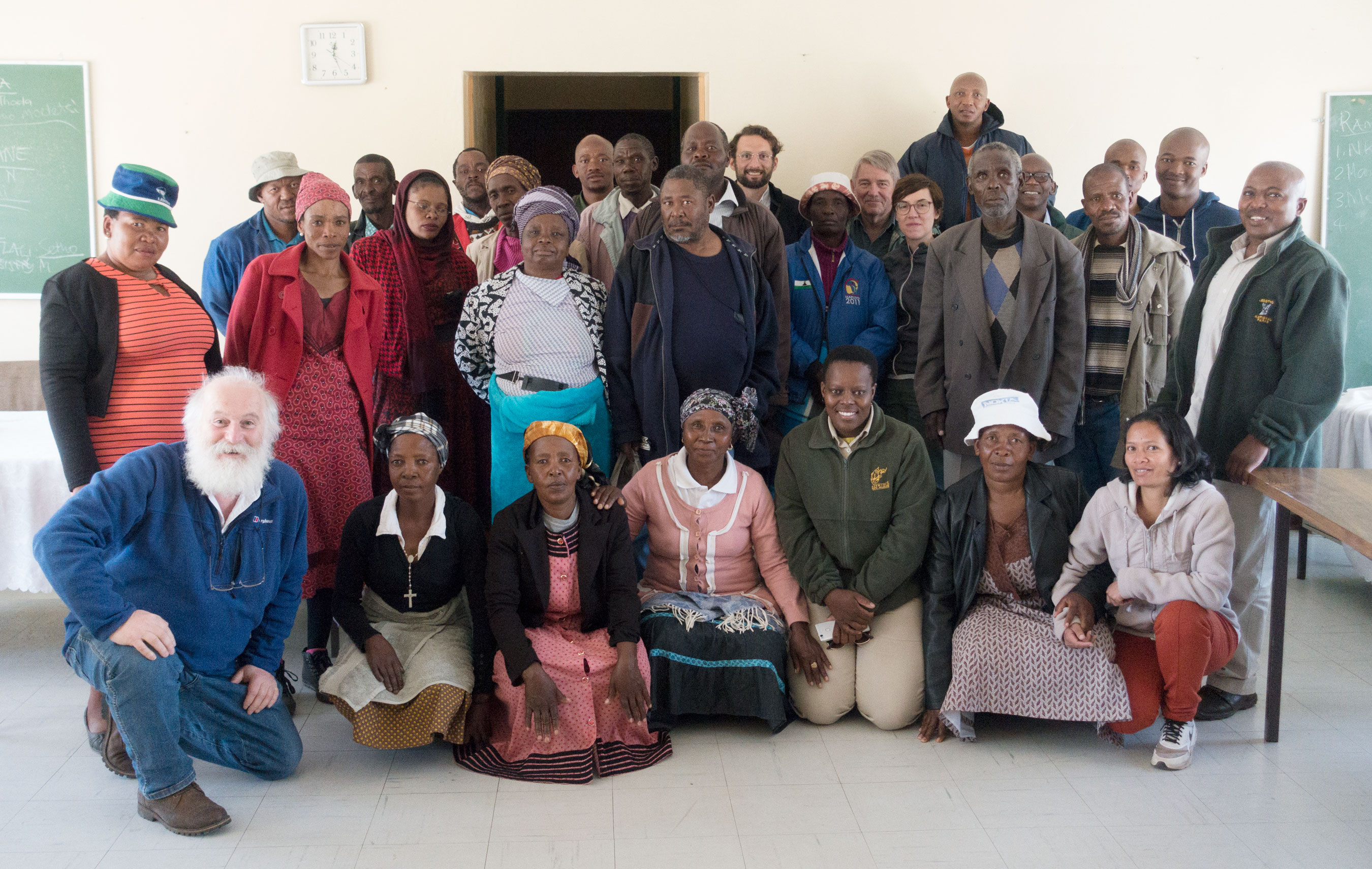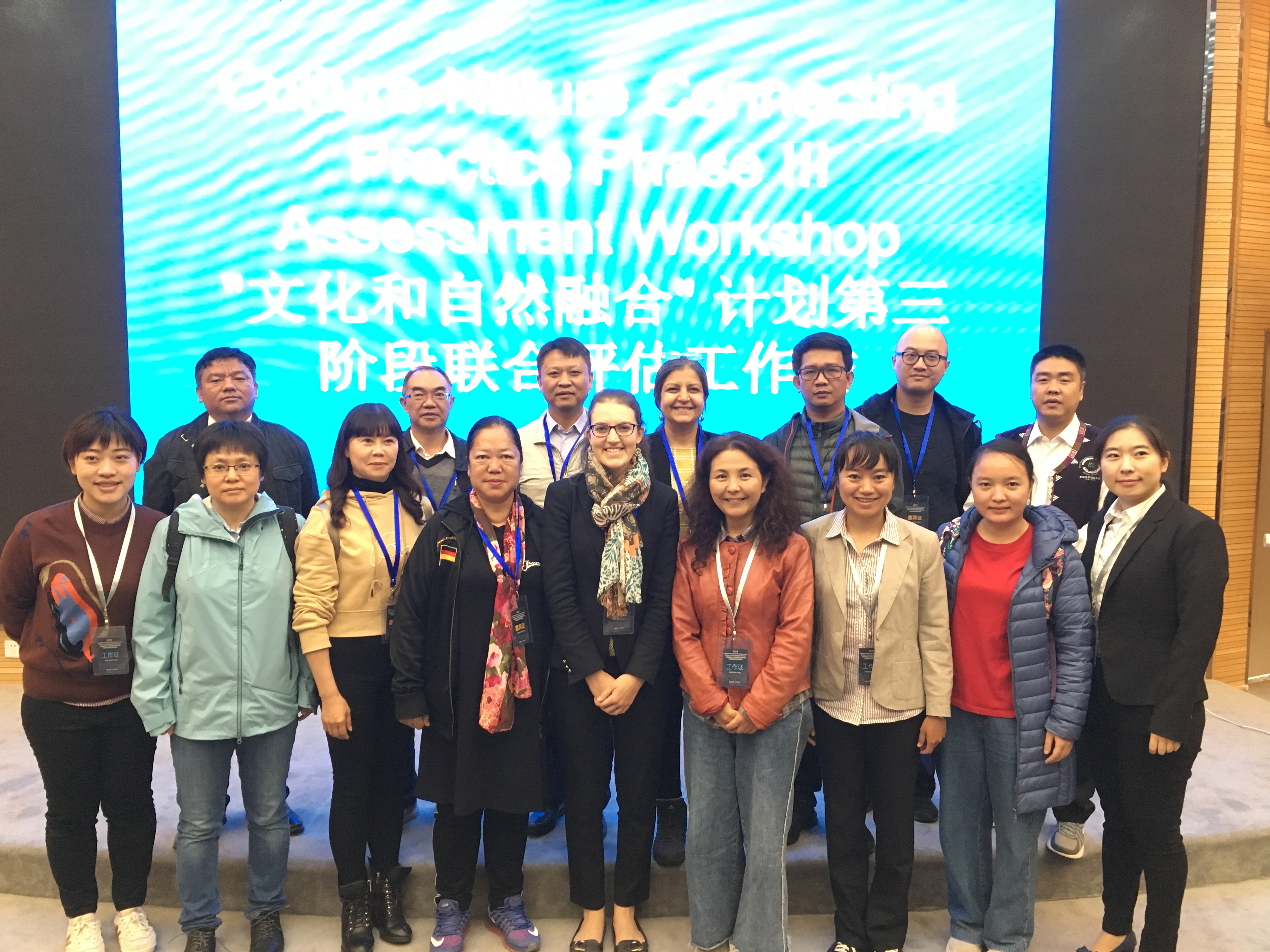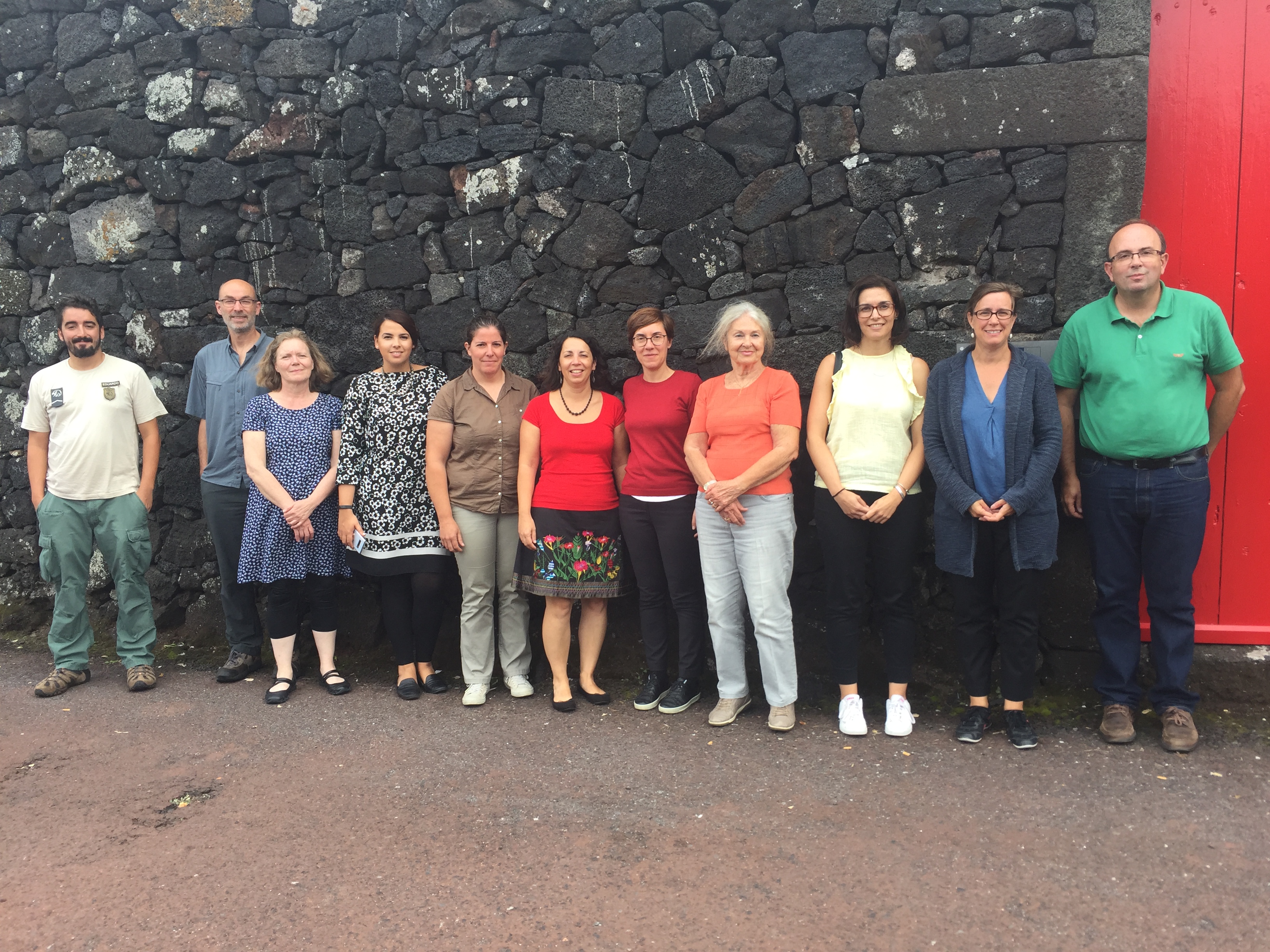




The use of these interdisciplinary and multidisciplinary teams creates richer dialogues and widens the scope of discussion in a project such as Connecting Practice, while also emphasising different contexts and approaches to conservation and management practices.
Throughout all phases of Connecting Practice, efforts have been made to expand the fieldwork teams to include participants with diverse professional and educational backgrounds, including archaeologists, agronomists, landscape architects, geographers, ecologists, anthropologists, geologists, natural and social scientists. In most cases, these professionals have previously worked for or collaborated with IUCN and ICOMOS, often with a World Heritage focus. Each phase collaborated with and included site managers, local heritage organisations and national/regional representatives.
Phase III in particular involved larger groups of practitioners and international partners in contemporary fields to investigate new facets of the interconnection between nature and culture and to build alliances across international heritage programmes. This included the integration of professionals engaged with the GIAHS programme, namely an agricultural engineer and an ecologist, into the fieldwork teams.
Success for this building block depends on direct and consistent interaction between multi- and inter-disciplinary partnerships and relationships. This includes ensuring that local focal points and experts are directly involved; using workshops as platforms for discussions, ongoing feedback of activities, and reflections on lessons learned; creating common Terms of Reference to support a collaborative focus; participating in fieldwork and discussions during site visits; and collaborating in writing a final, common report.
- Ensuring diverse backgrounds for participants and partners, including local representatives, site managers, and experts, allows for holistic, meaningful discussion and greater understanding of the site.
- Diverse teams provide varied views and offer new perspectives to enrich discussions and help to create a more dynamic and holistic picture of a selected property.
- Workshops encourage collaboration, discussion and increased interaction. In addition to international Connecting Practice workshops, on-site meetings were used to foster broader discussion and more diverse outcomes.
- Common Terms of Reference developed prior to on-site work creates a united focus for specific outcomes and goals. The writing of common reports encourages collective and collaborative discussion among team members, allowing participants to express disparate views and support a common and accepted final product.
- Identified synergies and challenges to a harmonised approach to site conservation should be shared and exchanged collaboratively and equally across all groups to enable collective learning.